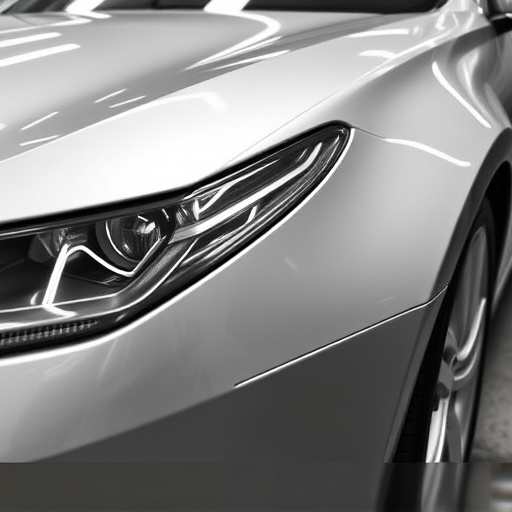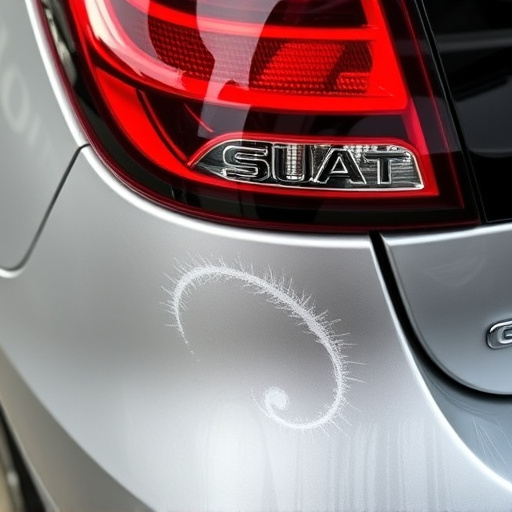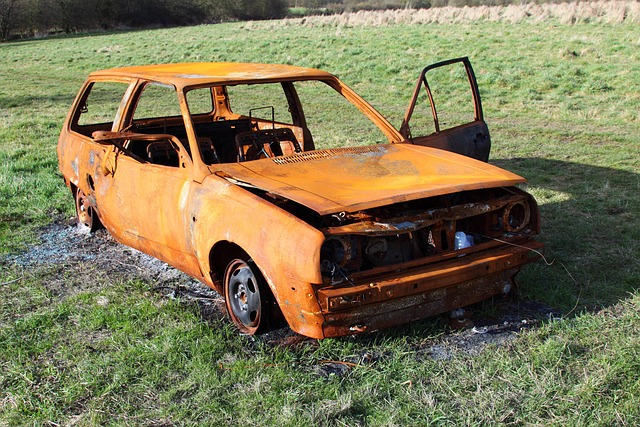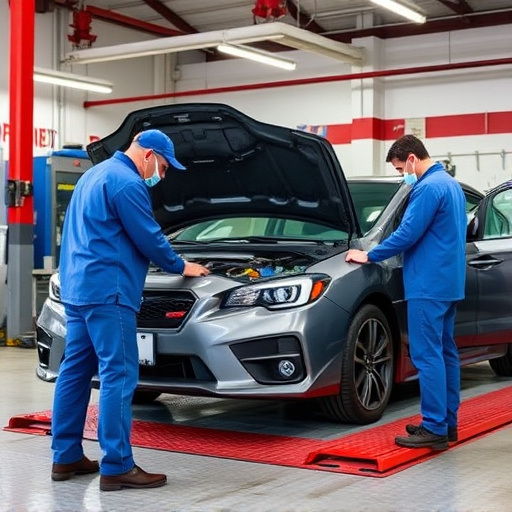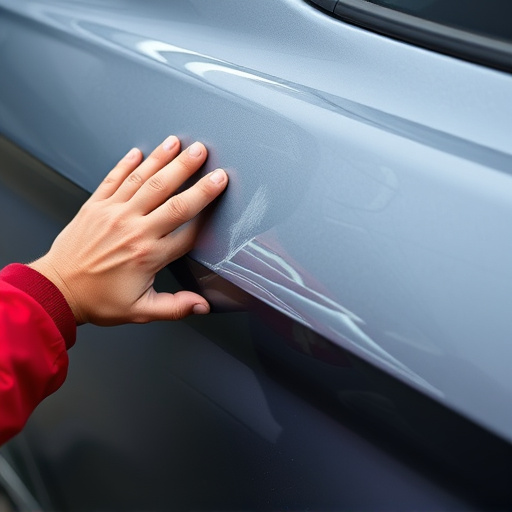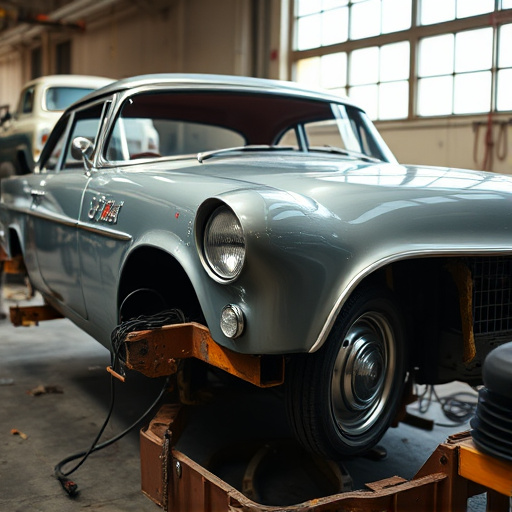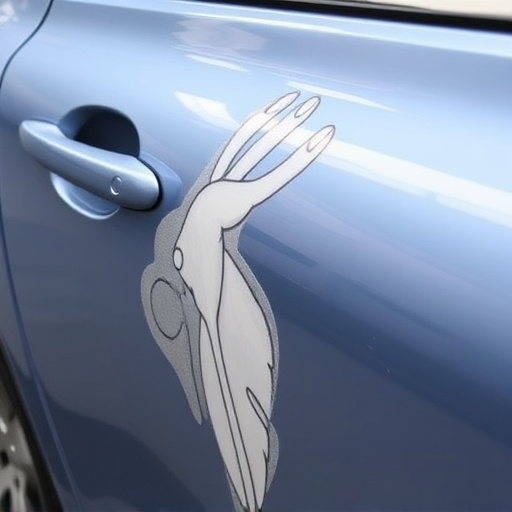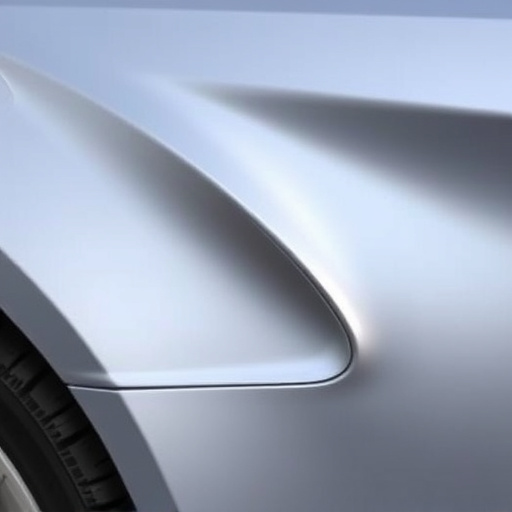A meticulous assessment is vital for sun damage restoration, examining visual cues and structural integrity. Understand material compatibility post-restoration to prevent further deterioration. Research and verify restoration techniques tailored to specific sun damage, following industry best practices and client reviews.
Considering professional sun damage restoration? Before you begin, ask these key questions. First, assess the scope and extent of the sun damage to ensure a comprehensive understanding of the project. Next, verify compatibility between existing materials and restoration techniques. Finally, research and confirm the effectiveness of proposed methods. These steps will ensure your restoration project is successful and protects your investment in the long term. Learn more about these essential considerations for effective sun damage restoration.
- Assess Scope and Extent of Sun Damage
- Understand Material Compatibility for Restoration
- Research and Verify Restoration Techniques' Effectiveness
Assess Scope and Extent of Sun Damage
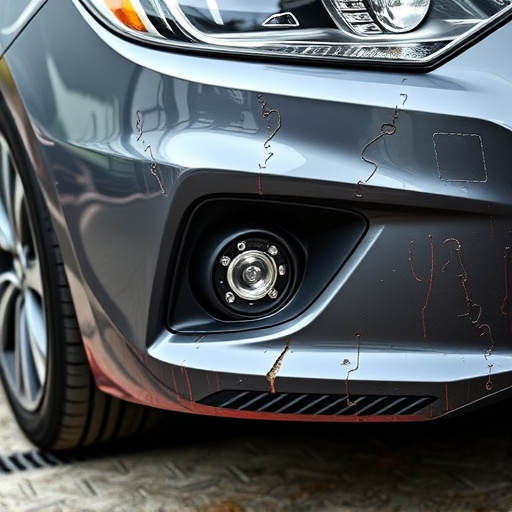
Before diving into sun damage restoration work, it’s crucial to meticulously assess the scope and extent of the damage. This involves examining the affected areas closely to understand the magnitude of repairs required. Consider both visual cues and structural integrity—are there visible signs like fading, cracking, or peeling, or is the damage more subtle but potentially compromising the object’s stability? This initial evaluation guides the restoration process, ensuring that every step taken aligns with repairing the specific sun-induced issues present.
In the case of classic cars, automotive collision repair, or even intricate automotive restoration projects, assessing sun damage requires a keen eye for detail. Every panel, surface, and component must be scrutinized to identify not just visible wear but also underlying structural changes caused by prolonged sun exposure. This comprehensive analysis forms the foundation for creating a tailored restoration plan designed to bring these cherished items back to their former glory while mitigating further deterioration.
Understand Material Compatibility for Restoration
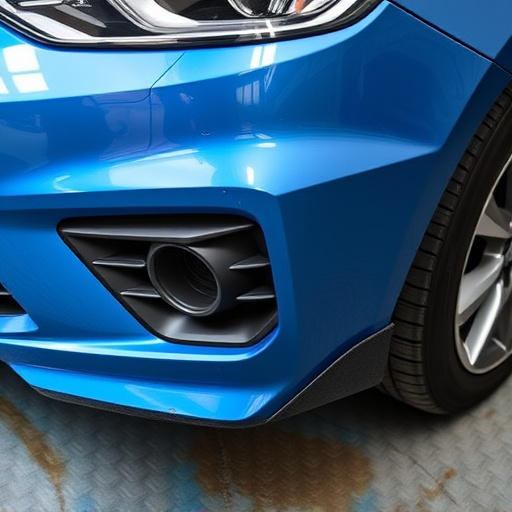
Before diving into any sun damage restoration work, it’s crucial to understand the compatibility of materials involved in the process. Different materials, from fabrics to paints and finishes, react uniquely to UV exposure and restoration techniques. For instance, while some materials might be suitable for direct sunlight exposure, others require specific conditions or treatments post-restoration to prevent further degradation.
This knowledge is especially vital when dealing with vehicles affected by sun damage, such as those involved in minor fender benders or auto body repairs. Understanding material compatibility ensures that the restoration process not only reverses the sun damage but also preserves the integrity and longevity of the vehicle’s exterior, preventing future issues like peeling, fading, or cracking.
Research and Verify Restoration Techniques' Effectiveness
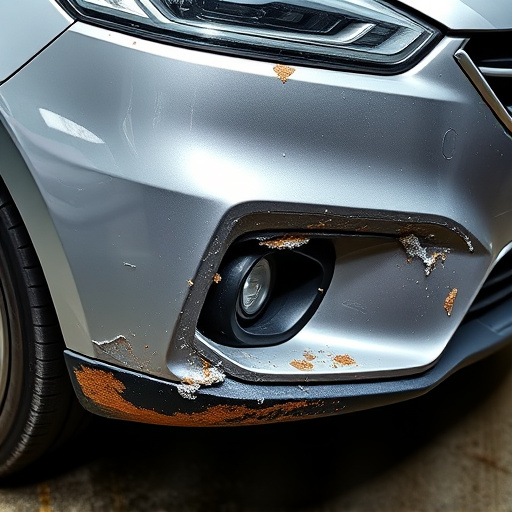
Before engaging any sun damage restoration work, it’s crucial to research and verify the effectiveness of the proposed techniques. Sun damage can vary widely, from superficial discoloration to deeper structural issues, so understanding what methods are suitable for your specific case is key. Reputable body shop services or car repair shops should be able to provide detailed information on their restoration processes.
Look into the types of treatments they offer, such as paint repair or complete car paint repair services, and ensure they align with industry best practices. Reviews from previous clients can also offer valuable insights into the quality and outcomes of their work. This diligence will help ensure that your sun damage restoration not only looks good but is also long-lasting, effectively addressing the issue without causing further harm to your vehicle’s finish.
Before embarking on any sun damage restoration project, it’s crucial to ask the right questions. By assessing the scope of damage, understanding material compatibility, and researching restoration techniques, you can ensure a successful and effective sun damage restoration process. These steps are essential for achieving optimal results and preserving your property’s integrity. Remember that proper research and planning are key to a seamless sun damage restoration experience.
